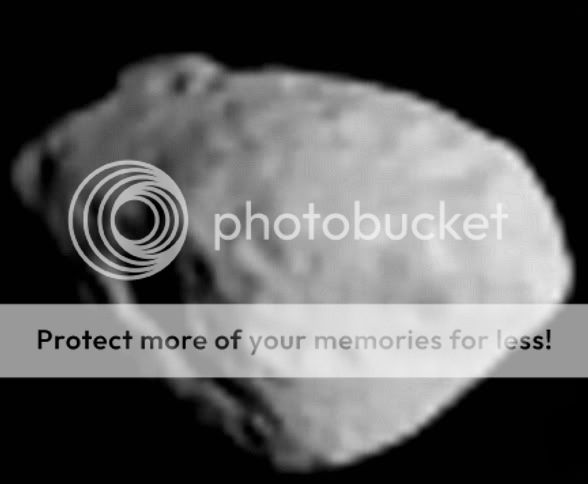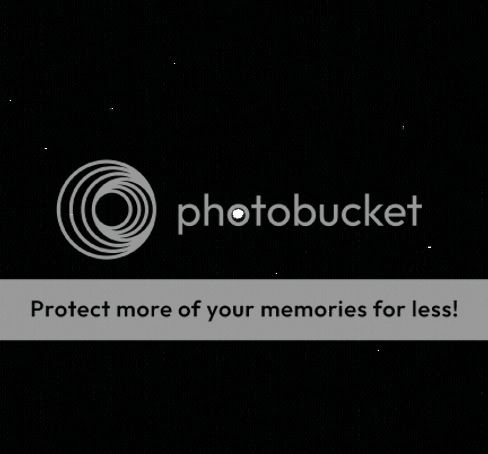Asteroid 21 Lutetia (ESA Rosetta Encounter).
Whilst this is very early, the ESA Comet 67P/Churyumov-Gerasimenko bound Rosetta spacecraft will encounter the large main belt Asteroid 21 Lutetia.
The 3,000 KM pass of this 135 KM wide asteroid (a little larger than previously thought based on recent observations)will take place on: Saturday 10th July 2010.
However, Emily Lakdawalla has written a fascinating article, about what is know to date about this enigmatic large asteroid.
Asteroid 21 Lutetia article.
Abstract from Arvix..
It as fascinating read. Apparently owing to light curves, there is evidence of a huge impact crater on the asteroid & the surface is spectrally homogenous, i.e it hardly varies in composition.
I have posted a question regarding what season 21 Lutetia will be in when Rosetta passes by, owing to 21 Lutetia's 85 degree axial tilt. North polar star of 21 Lutetia is thought to be Theta Virginis, some 10 degrees north of Spica / Alpha Virginis. I hope it's near an equinox.
If so we should see near enough of the entire asteroid during the approach as 21 Lutetia rotates in front of the approaching Rosetta. If near a Solstice, we will see only just over half, as most of the same 'hemisphere' will be in sunlight. Either way, this will still be awesome & by far the largest asteroid seen close up, until DAWN arrives at 4 Vesta in August 2011.
I think this asteroid will turn out to be more interesting then the target comet IMO.
Andrew Brown.












